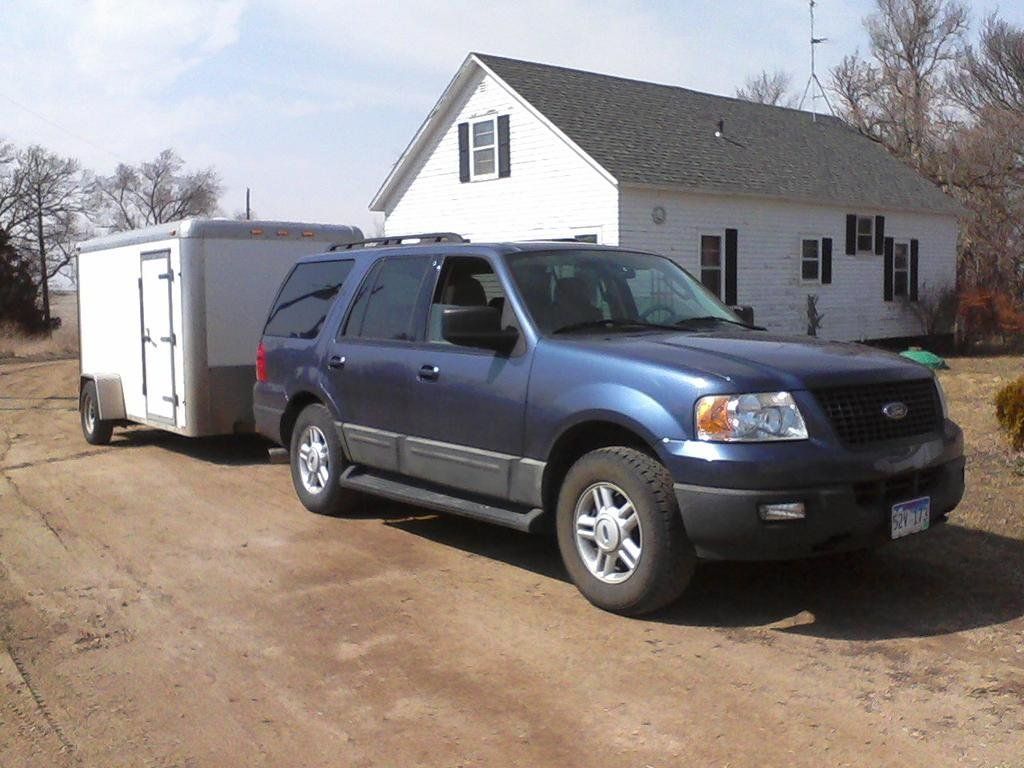does anyone have, or has anyone seen a pair of UOA's on the same vehicle, with the only known variable being towing vs. non-towing miles.
to the point....
my first UOA had frigid cold and 1,000 miles of towing and came back with relatively high metals.
my next UOA had summer temps, no towing, and showed very good metals.
so ... were the high metals from the frigid cold, or the towing, or something else.
i did a UOA on a different vehicle during the same frigid cold which showed normal metals, making me think that the towing (higher RPM and higher load) was responsible for the higher metals.
just wondering if anyone has seen a somewhat back-to-back comparison.
I missed my chance on a back-to-back frigid cold analysis without the towing this year.
thanks!
to the point....
my first UOA had frigid cold and 1,000 miles of towing and came back with relatively high metals.
my next UOA had summer temps, no towing, and showed very good metals.
so ... were the high metals from the frigid cold, or the towing, or something else.
i did a UOA on a different vehicle during the same frigid cold which showed normal metals, making me think that the towing (higher RPM and higher load) was responsible for the higher metals.
just wondering if anyone has seen a somewhat back-to-back comparison.
I missed my chance on a back-to-back frigid cold analysis without the towing this year.
thanks!


